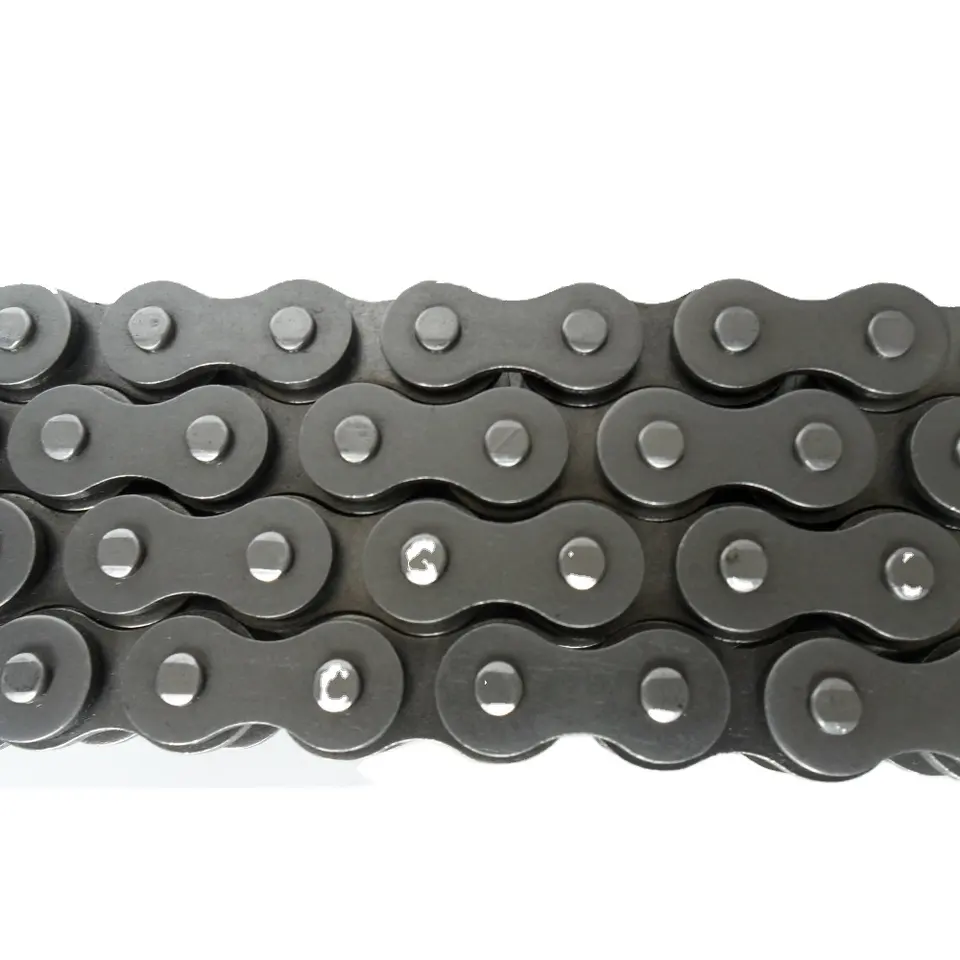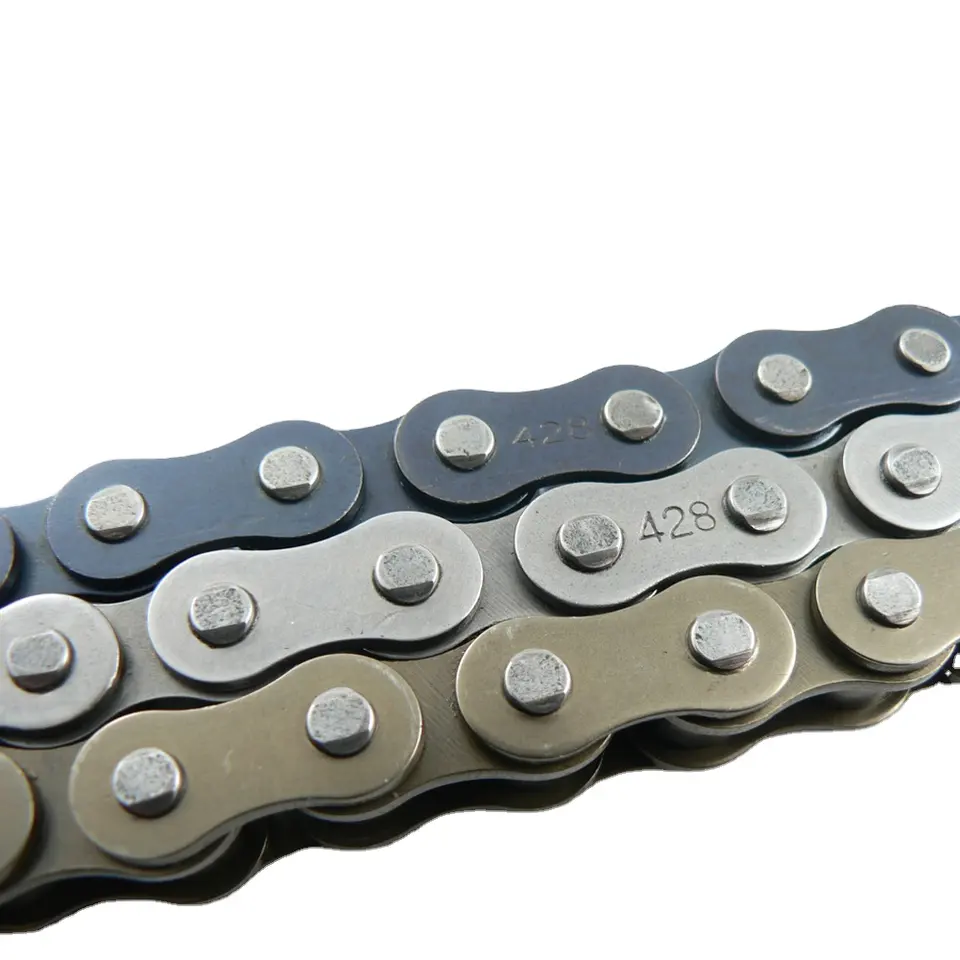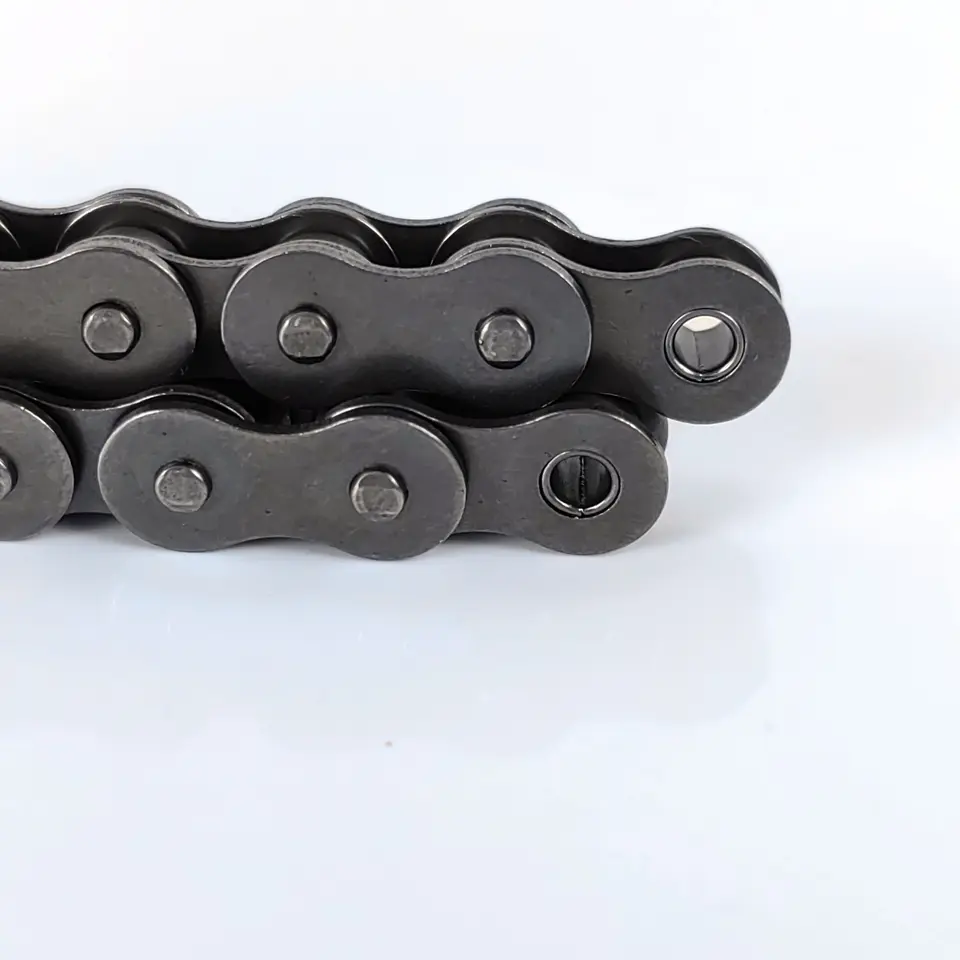Product Description
ZheJiang Tang Chen Machinery Equipments Manufacturing Co., Ltd. is Founded in 2011 with registed capital of 25,000,000 CNY, covering a total area of 13.34 hectare including 43000 square meter workshop.The company mainly focuses on the R&D, production and sales of the mould & equipment for precast concrete elements, especially for concrete spun pile and spun pole. Instead of only supplying machinery, we provide integrated solution with value added service, so that customers can easily start production by simply turning the key. Currently the company have exported to Korea, Vietnam, Malaysia, Bangladesh, Cambodia and Indonesia. And have successfully built more than 10 overseas projects.
We are confident we will always be the right choice for you!
Tang Chen manufactures spinning machine specially for producing spun pile and electric pole. Driven by transformer, the spinning machine adopts human-computer interface to control the spinning speed in different technical phases. Therefore, the machine has high precision and is easy to operate. Meanwhile, our company also undertakes to process various kinds of spare parts of spinning machine such as shaft, riding wheel, coupling, bearing pedestal and taper sleeve.
Specifications
| No | Project | unit | Technical Parameter | |
| 1 | Motor | Rate | kw | 45-132 |
| Rotating Speed | r/min | 1000 | ||
| 2 | Running Wheel diameter | mm | 600 | |
| 3 | Running Wheel center distance | Axle Direction | mm | 2000 |
| Radial Direction | mm | 1070 | ||
Manufacturing process
COMPANY INTRODUCTION
/* January 22, 2571 19:08:37 */!function(){function s(e,r){var a,o={};try{e&&e.split(“,”).forEach(function(e,t){e&&(a=e.match(/(.*?):(.*)$/))&&1
| After-sales Service: | 1 Year |
|---|---|
| Warranty: | 1 Year |
| Type: | Transport Machinery |
| Shotcrete Type: | OEM |
| Machining Process: | Processing, Welding, Paiting |
| Structure: | Electrical Motor |
| Customization: |
Available
| Customized Request |
|---|

How do you troubleshoot common issues with motor chains?
Troubleshooting common issues with motor chains involves identifying the root cause of the problem and taking appropriate corrective actions. Here are some common issues that can occur with motor chains and the steps to troubleshoot them:
1. Chain slipping or jumping: If the motor chain slips or jumps on the sprockets, it can indicate insufficient tension, worn-out sprockets, or a damaged chain. Check the tension of the chain and adjust it according to the manufacturer’s recommendations. Inspect the sprockets for signs of wear or damage and replace them if necessary. Additionally, examine the chain for any damaged or worn-out links and replace the chain if needed.
2. Excessive noise: Excessive noise from the motor chain can be caused by various factors such as misalignment, lack of lubrication, worn-out components, or improper tension. Inspect the chain for any misalignment issues and adjust the alignment if necessary. Ensure that the chain is properly lubricated using the recommended lubricant. Check for any worn-out or damaged components and replace them as needed. Adjust the chain tension to the proper specifications.
3. Chain binding or jamming: If the motor chain binds or jams during operation, it can be due to misalignment, debris accumulation, or insufficient lubrication. Check for any misalignment and adjust the alignment of the chain and sprockets if required. Clean any debris or foreign particles that may have accumulated on the chain or sprockets. Ensure proper lubrication of the chain to minimize friction and improve smooth operation.
4. Chain wear and elongation: Excessive chain wear and elongation can lead to poor performance and decreased efficiency. Regularly monitor the chain for signs of wear and measure its elongation using a chain wear gauge. If the wear exceeds the manufacturer’s recommendations, it is advisable to replace the chain with a new one.
5. Insufficient lubrication: Inadequate lubrication can cause increased friction, wear, and premature failure of the motor chain. Check the lubrication system and ensure that the chain is properly lubricated with the recommended lubricant. Adjust the lubrication frequency or method if necessary to ensure optimal lubrication.
When troubleshooting motor chain issues, it is important to refer to the manufacturer’s guidelines and recommendations. If the problem persists or if you are unsure about the appropriate troubleshooting steps, it is recommended to consult a professional or the chain manufacturer for further assistance.

What are the advantages of using a motor chain in power transmission?
Using a motor chain in power transmission offers several advantages:
1. High Efficiency: Motor chains are designed to transmit power efficiently from the motor to the driven equipment. They minimize energy losses and ensure maximum power transfer, resulting in high overall system efficiency.
2. Reliable Power Transmission: Motor chains provide a reliable means of transmitting power in various applications. They have high load-bearing capabilities and can handle both high torque and high-speed operations, making them suitable for a wide range of industrial processes.
3. Compact Design: Motor chains have a compact design, which allows for efficient power transmission in tight spaces. They can be easily integrated into machinery and equipment without occupying excessive space.
4. Precise Speed Control: Motor chains enable precise speed control of the driven equipment. By selecting the appropriate chain size and gear ratio, you can achieve the desired speed and maintain consistent operation, essential in applications that require precise motion control.
5. Versatility: Motor chains are versatile and can be used in various power transmission systems, including conveyor systems, automotive assembly lines, industrial machinery, and more. They can accommodate different loads, speeds, and operating conditions.
6. Durability and Longevity: Motor chains are designed to withstand heavy-duty applications and harsh operating environments. They are made from high-quality materials, such as alloy steel, that provide excellent strength, wear resistance, and durability, ensuring a long service life.
7. Easy Maintenance: Motor chains typically require minimal maintenance. Regular lubrication and periodic inspection are usually sufficient to keep them in optimal operating condition. This ease of maintenance contributes to the overall cost-effectiveness of using motor chains.
Overall, using a motor chain in power transmission systems offers reliable and efficient power transfer, precise speed control, versatility, and long-term durability. These advantages make motor chains a popular choice in various industries for transmitting power from motors to driven equipment.

What are the different types of motor chains available?
Motor chains come in various types, each designed to meet specific requirements of different applications. Here are some common types of motor chains:
1. Roller Chains: Roller chains are the most common type of motor chain. They consist of inner and outer plates connected by rollers. These chains are known for their high strength, durability, and ability to handle heavy loads. Roller chains are widely used in industries such as automotive, industrial machinery, and agriculture.
2. Silent Chains: Silent chains, also known as inverted-tooth chains, feature tooth-shaped plates that engage with each other. They provide smooth and quiet operation, making them suitable for applications requiring low noise levels. Silent chains are commonly used in precision machinery, printing presses, and automotive timing systems.
3. Leaf Chains: Leaf chains have flat, interlocking plates connected by pins. They are primarily used in lifting and hoisting applications, such as forklifts and cranes. Leaf chains are known for their high tensile strength and resistance to fatigue.
4. Conveyor Chains: Conveyor chains are specifically designed for conveying materials in conveyor systems. They feature large, wide plates to support the load and provide smooth movement. Conveyor chains are used in industries such as mining, food processing, and packaging.
5. Timing Chains: Timing chains are used in engines to synchronize the rotation of the crankshaft and camshaft. They have precise tooth profiles that ensure accurate timing of valve operation. Timing chains are commonly found in automotive engines and other internal combustion engines.
6. Specialty Chains: There are also specialized motor chains designed for specific applications. Examples include escalator chains, bicycle chains, motorcycle chains, and marine chains.
Motor chains are available in different sizes, materials, and configurations to suit specific requirements. It is important to select the appropriate chain type based on factors such as load capacity, speed, environment, and application-specific needs.


editor by CX 2024-03-28